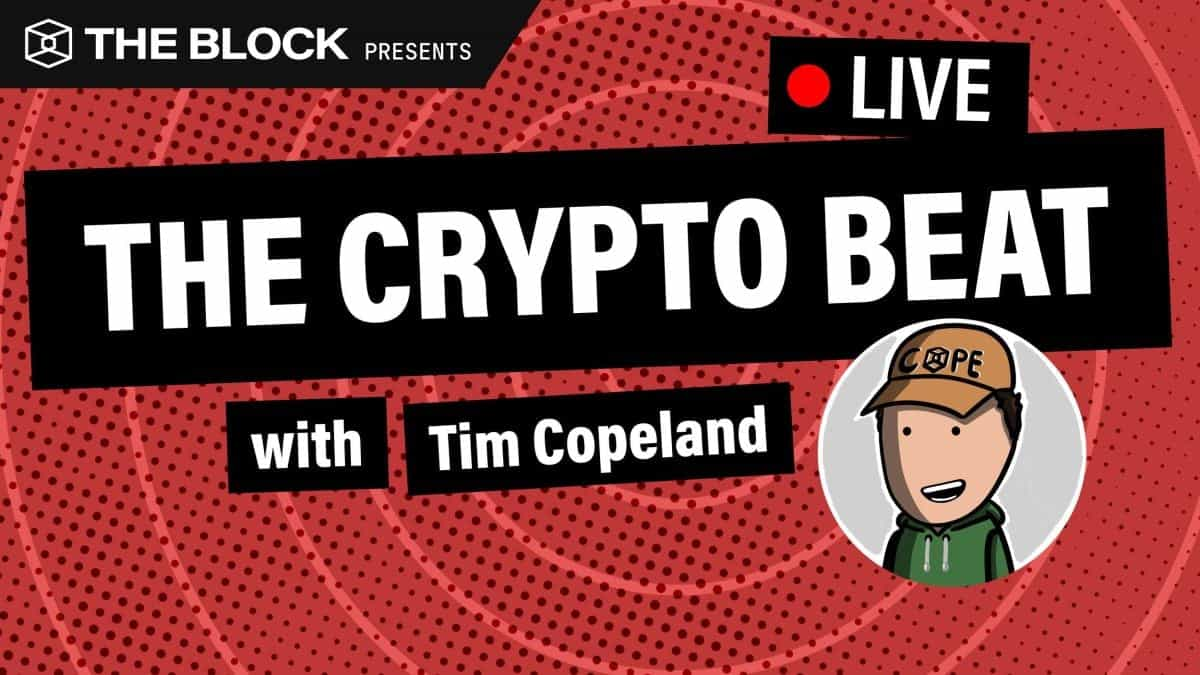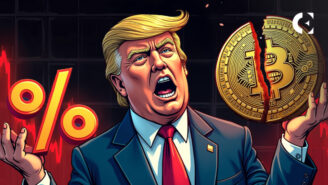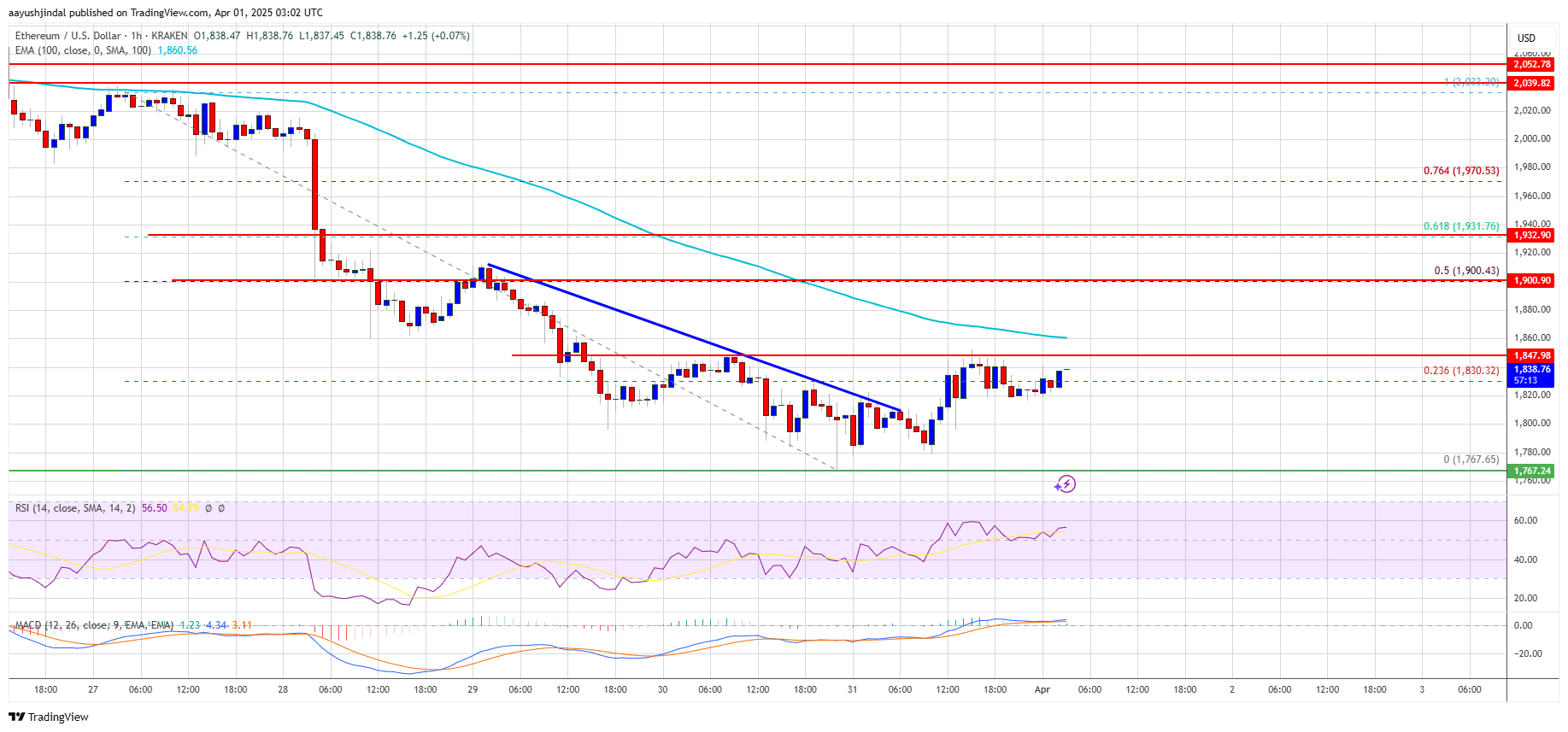Crypto spot trading ❌ Futures trading. 😳😎
Crypto spot trading and futures trading are two different approaches to trading cryptocurrencies. Here's a comprehensive comparison:
Crypto Spot Trading:
1. Definition: Spot trading involves buying or selling a cryptocurrency at the current market price, with immediate settlement.
2. How it works: You buy or sell a cryptocurrency on a spot exchange, and the transaction is settled instantly.
3. Leverage: Typically, spot trading offers 1:1 leverage, meaning you can only trade with the assets you have in your account.
4. Risk: Spot trading carries market risk, meaning you can lose money if the price moves against you.
5. Example: You buy 1 Bitcoin (BTC) at $40,000 and sell it at $50,000, making a profit of $10,000.
Crypto Futures Trading:
1. Definition: Futures trading involves buying or selling a contract that obligates you to buy or sell a cryptocurrency at a set price on a specific date.
2. How it works: You buy or sell a futures contract on a derivatives exchange, and the contract is settled on the specified date.
3. Leverage: Futures trading often offers higher leverage, typically ranging from 5:1 to 100:1, allowing you to trade with borrowed money.
4. Risk: Futures trading carries market risk, leverage risk, and liquidation risk, meaning you can lose more money than you initially invested.
5. Example: You buy a futures contract for 1 Bitcoin (BTC) at $40,000 with 10:1 leverage, and the price rises to $50,000. Your profit would be $100,000 ($10,000 x 10 leverage), but if the price falls to $30,000, you could lose $100,000.
Key Differences:
1. Settlement: Spot trading settles immediately, while futures trading settles on a specific date.
2. Leverage: Futures trading often offers higher leverage than spot trading.
3. Risk: Futures trading carries additional risks, such as leverage risk and liquidation risk.
4. Market exposure: Futures trading can provide exposure to markets that may not be available for spot trading.
Choosing Between Spot and Futures Trading:
1. Risk tolerance: If you're risk-averse, spot trading might be a better fit. If you're willing to take on more risk, futures trading could be more suitable.
2. Market goals: If you want to buy and hold a cryptocurrency, spot trading is a better option. If you want to speculate on price movements or hedge against potential losses, futures trading might be more suitable.
3. Trading experience: If you're new to trading, spot trading can be a better starting point. Futures trading requires more experience and a deeper understanding of markets and risk management.
Ultimately, the choice between spot and futures trading depends on your individual financial goals, risk tolerance, and trading experience. It's essential to understand the differences and risks associated with each approach before making a decision.
@Crypto_inside
Thank you...🙂
$BTC $ETH $SOL $PI $AI $XRP $BGB $BNB $DOGE $SHIB $BONK $SOON $FARTCOIN $BROCCOLI $BUBB $TUT $BGSC $JELLYJELLY $TSTBSC $CEC
What are smart contacts...🤔🤔??
Smart contracts are self-executing contracts with the terms of the agreement written directly into lines of code. They are stored and replicated on a blockchain, a decentralized and distributed ledger technology.
Key Characteristics:
1. Autonomous: Smart contracts execute automatically when conditions are met.
2. Decentralized: Smart contracts are stored on a blockchain, making them decentralized and resistant to censorship.
3. Immutable: Smart contracts are immutable, meaning their code cannot be altered once deployed.
4. Transparent: Smart contracts are transparent, with their code and execution visible to all parties.
How Smart Contracts Work:
1. Coding: A developer writes the smart contract code in a programming language (e.g., Solidity for Ethereum).
2. Deployment: The smart contract is deployed on a blockchain (e.g., Ethereum).
3. Trigger: A trigger event occurs (e.g., a payment is made).
4. Execution: The smart contract executes automatically, following the predetermined rules.
Use Cases:
1. Supply Chain Management: Smart contracts can automate payment and inventory management.
2. Digital Identity: Smart contracts can securely manage digital identities and authentication.
3. Decentralized Finance (DeFi): Smart contracts enable lending, borrowing, and trading of cryptocurrencies.
4. Voting Systems: Smart contracts can ensure secure and transparent voting processes.
Benefits:
1. Increased Efficiency: Smart contracts automate processes, reducing the need for intermediaries.
2. Improved Security: Smart contracts are tamper-proof and resistant to censorship.
3. Enhanced Transparency: Smart contracts provide a clear and transparent record of transactions.
Challenges and Limitations:
1. Scalability: Smart contracts can be slow and expensive to execute on certain blockchains.
2. Regulatory Uncertainty: Smart contracts exist in a gray area, with unclear regulatory frameworks.
3. Security Risks: Smart contracts can be vulnerable to hacking and exploits.
Platforms for Smart Contracts:
1. Ethereum: The most popular platform for smart contracts, with a large developer community.
2. Binance Smart Chain: A fast and low-cost platform for smart contracts, built by Binance.
3. Polkadot: A decentralized platform that enables interoperability between different blockchain networks.
Smart contracts have the potential to revolutionize various industries by providing a secure, transparent, and efficient way to execute agreements. However, it's essential to address the challenges and limitations associated with smart contracts to ensure their widespread adoption.
Thank you...🙂
$ETH $SOL $BTC $SOON $FARTCOIN $BROCCOLI $BUBB $TUT $BGSC $JELLYJELLY $TSTBSC $CEC $T2T2 $ZZZ $ASI $MGT $PI $ALCH $ARC
The 3-5-7 rule is a trading strategy that involves using multiple time frames to identify trends an
The 3-5-7 rule is a trading strategy that involves using multiple time frames to identify trends and potential trading opportunities. The rule is based on the idea that trends often develop and confirm across different time frames.
The 3-5-7 Rule:
1. 3: Identify a trend on a short-term time frame, such as a 3-minute or 3-hour chart.
2. 5: Confirm the trend on a medium-term time frame, such as a 5-minute or 5-hour chart.
3. 7: Verify the trend on a longer-term time frame, such as a 7-minute or daily chart.
Interpretation:
1. Bullish trend: If the trend is up on all three time frames (3, 5, and 7), it may be a bullish trend.
2. Bearish trend: If the trend is down on all three time frames, it may be a bearish trend.
Advantages:
1. Confirmation: The 3-5-7 rule provides confirmation of a trend across multiple time frames.
2. Reduced false signals: By using multiple time frames, the rule can help reduce false signals and increase trading confidence.
3. Improved risk management: The rule can help traders identify potential trend reversals and adjust their risk management strategies accordingly.
Limitations:
1. Subjective interpretation: The 3-5-7 rule requires subjective interpretation of chart patterns and trends.
2. Time-consuming: Analyzing multiple time frames can be time-consuming and require significant screen time.
3. Not foolproof: The rule is not foolproof and can result in false signals or missed trading opportunities.
The 3-5-7 rule is a useful tool for traders, but it should be used in conjunction with other forms of analysis, such as fundamental analysis and risk management strategies.
Thank you...🙂
$SOON $FARTCOIN $BROCCOLI $BUBB $TUT $BGSC $JELLYJELLY $TSTBSC $CEC $T2T2 $ZZZ $ASI $MGT $PI $ALCH $ARC
Trading; What is the 3-5-7 Rule..🤔🤔??
The 3-5-7 rule is a trading strategy that involves using multiple time frames to identify trends and potential trading opportunities. The rule is based on the idea that trends often develop and confirm across different time frames.
The 3-5-7 Rule:
1. 3: Identify a trend on a short-term time frame, such as a 3-minute or 3-hour chart.
2. 5: Confirm the trend on a medium-term time frame, such as a 5-minute or 5-hour chart.
3. 7: Verify the trend on a longer-term time frame, such as a 7-minute or daily chart.
Interpretation:
1. Bullish trend: If the trend is up on all three time frames (3, 5, and 7), it may be a bullish trend.
2. Bearish trend: If the trend is down on all three time frames, it may be a bearish trend.
Advantages:
1. Confirmation: The 3-5-7 rule provides confirmation of a trend across multiple time frames.
2. Reduced false signals: By using multiple time frames, the rule can help reduce false signals and increase trading confidence.
3. Improved risk management: The rule can help traders identify potential trend reversals and adjust their risk management strategies accordingly.
Limitations:
1. Subjective interpretation: The 3-5-7 rule requires subjective interpretation of chart patterns and trends.
2. Time-consuming: Analyzing multiple time frames can be time-consuming and require significant screen time.
3. Not foolproof: The rule is not foolproof and can result in false signals or missed trading opportunities.
The 3-5-7 rule is a useful tool for traders, but it should be used in conjunction with other forms of analysis, such as fundamental analysis and risk management strategies.
Thank you...🙂
$SOON $FARTCOIN $BROCCOLI $BUBB $TUT $BGSC $JELLYJELLY $TSTBSC $CEC $T2T2 $ZZZ $ASI $MGT $PI $ALCH $ARC


 Lowest price
Lowest price Highest price
Highest price 
















































